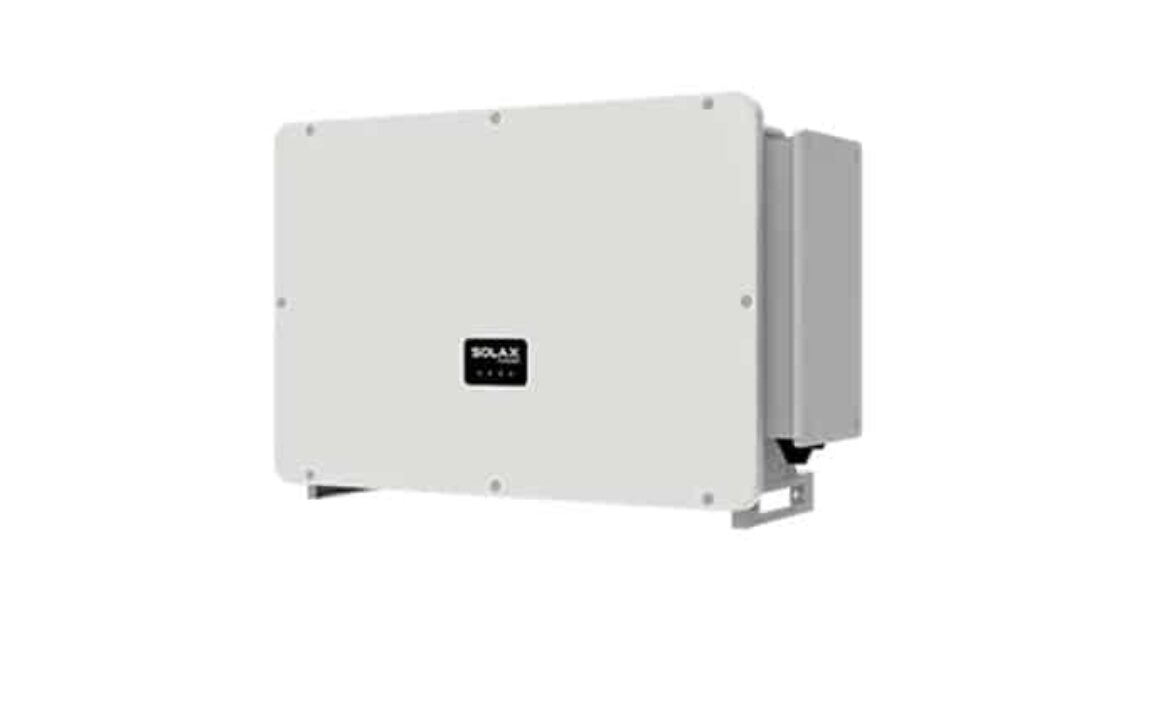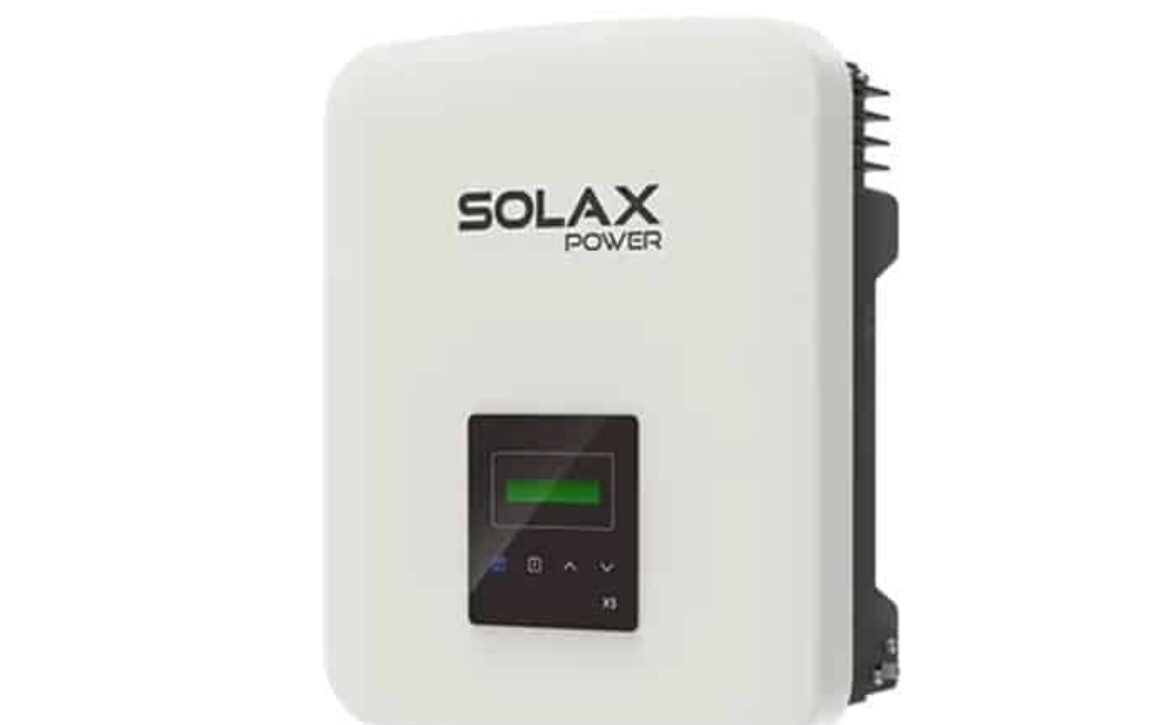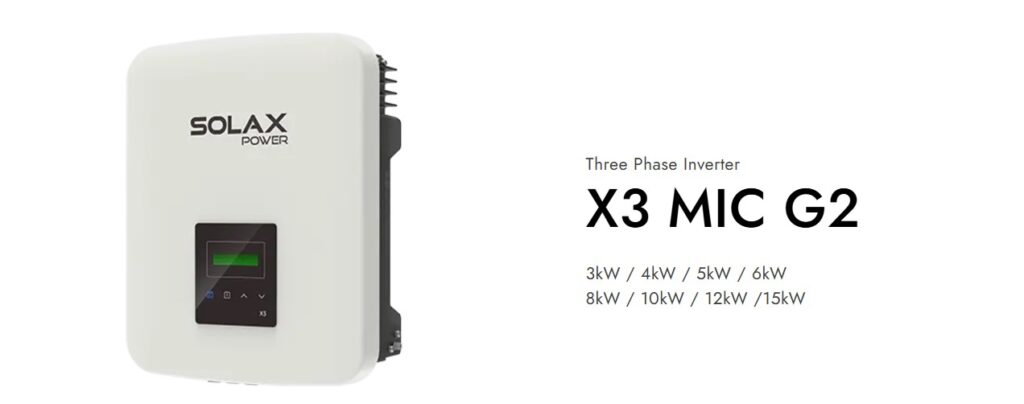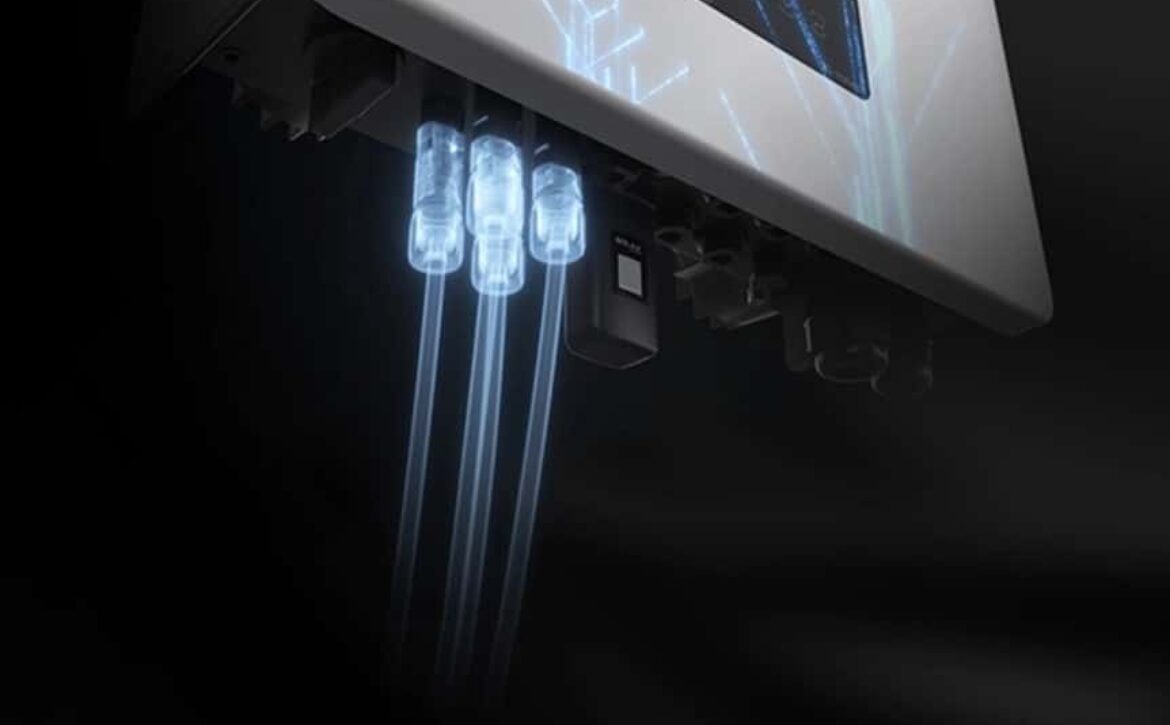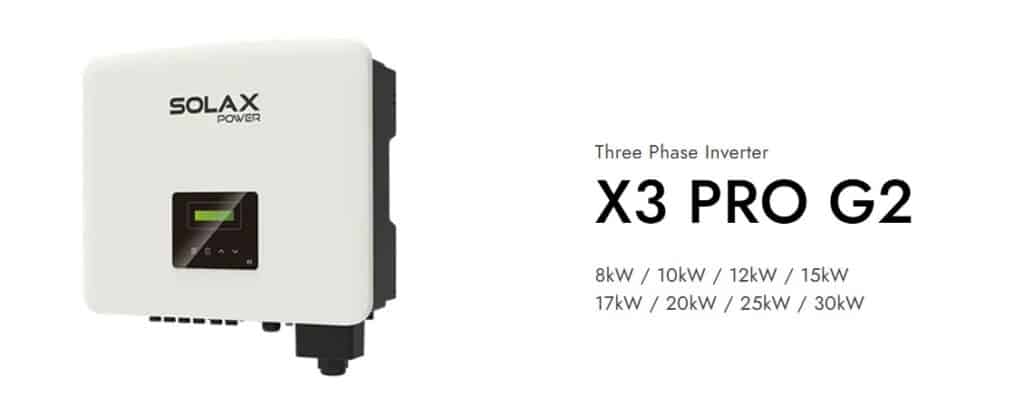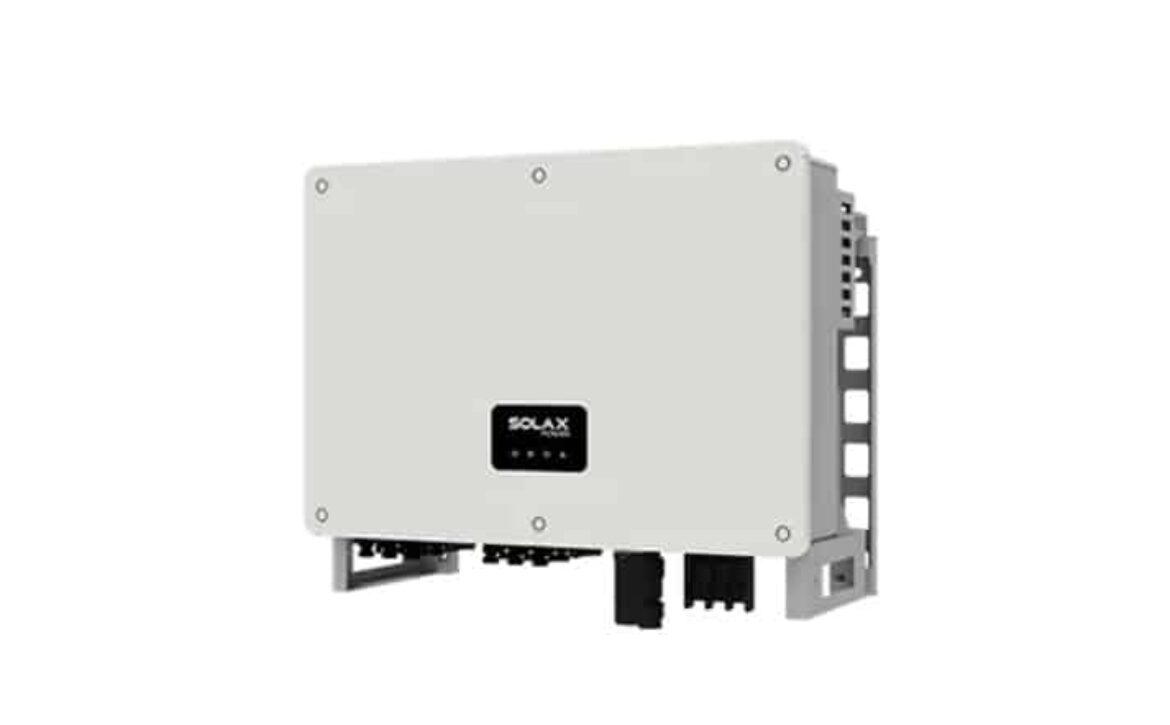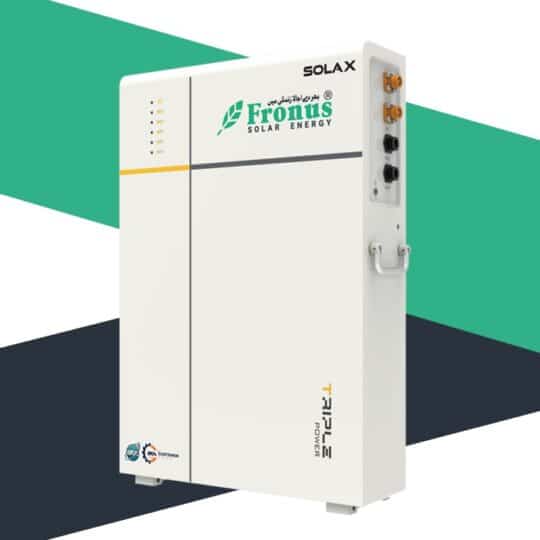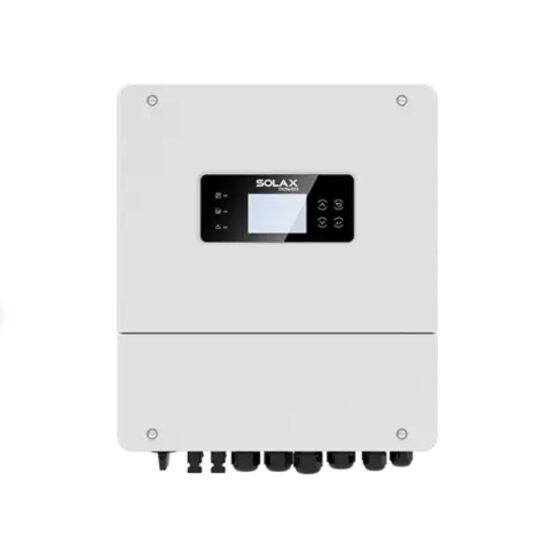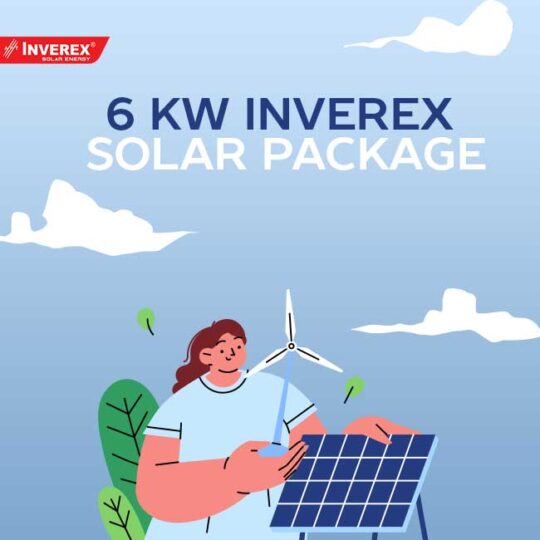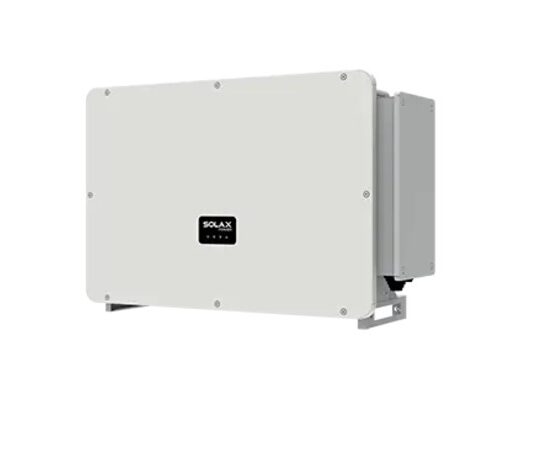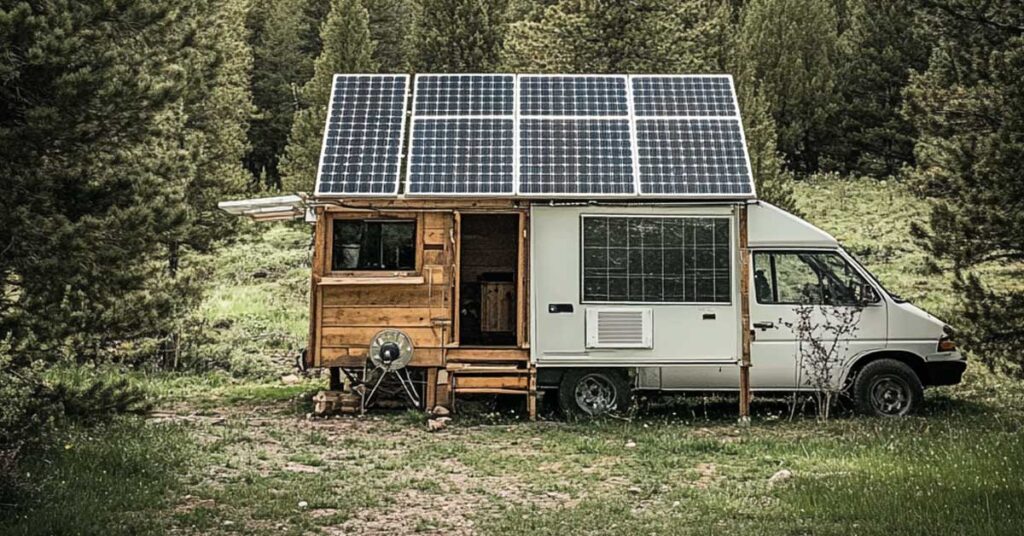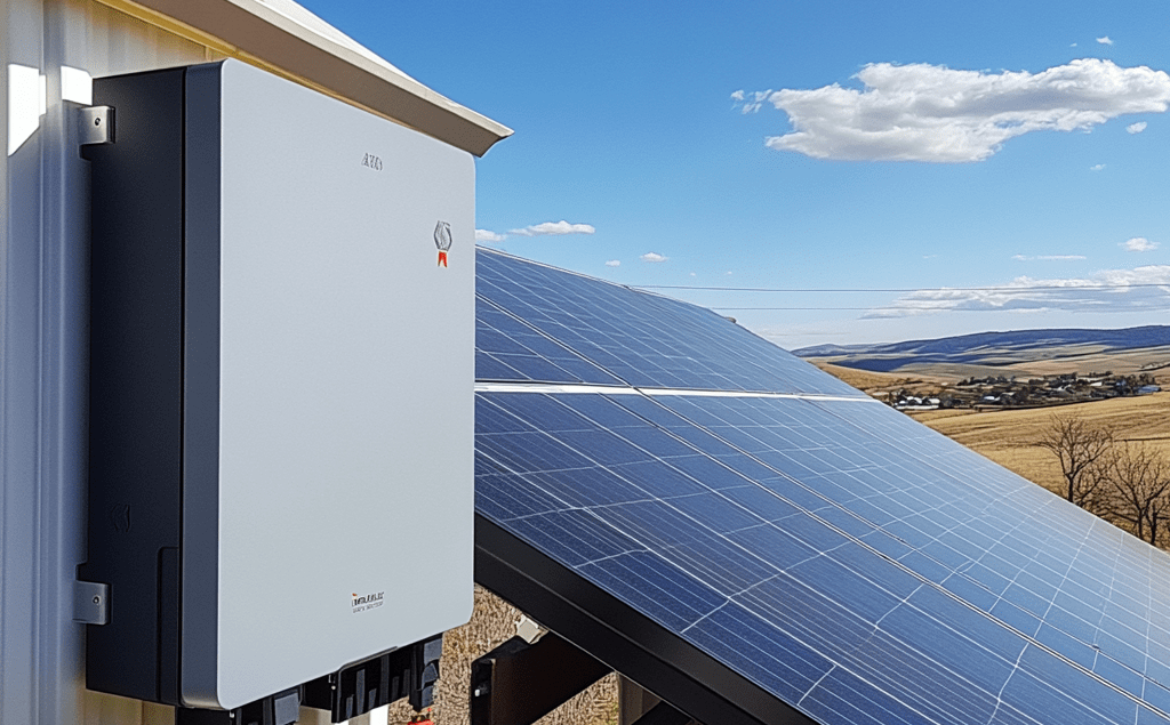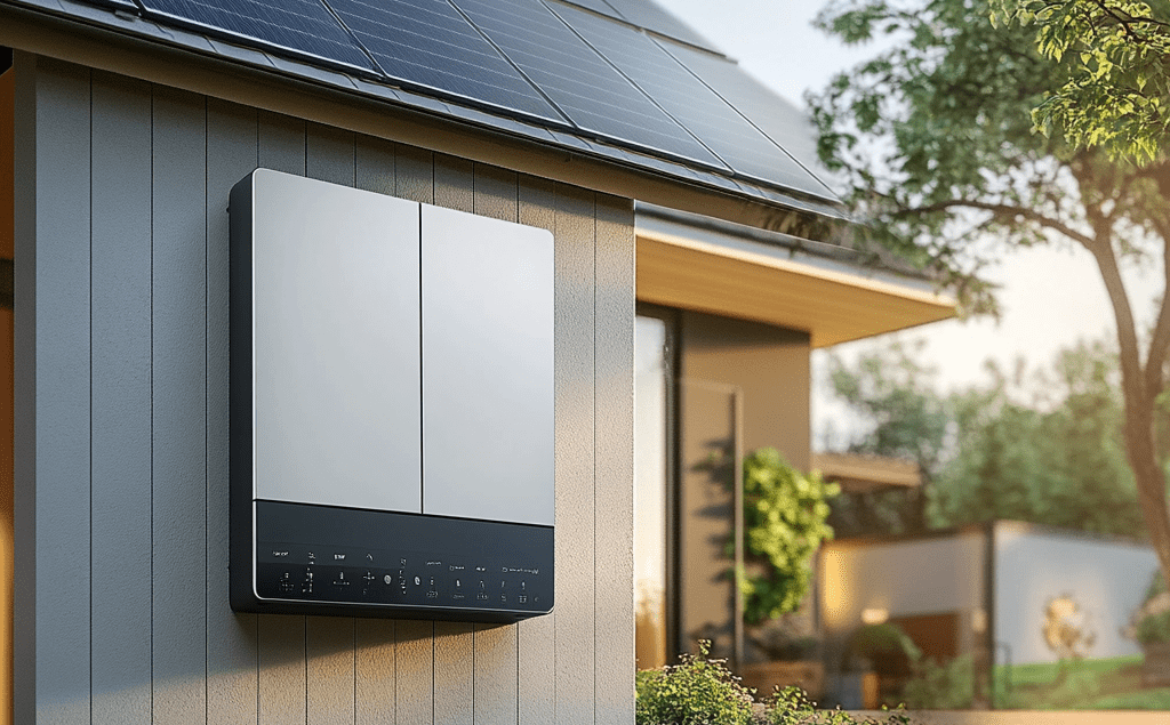SolaX 100KW Three-Phase Inverter: High Efficiency & Safety
The SolaX 100KW Three-Phase Inverter X3-FTH-100K is a game-changer in solar power technology. Designed with cutting-edge features and intelligent systems, it offers unparalleled efficiency, safety, and adaptability for large-scale solar applications. This blog post dives deep into the features, benefits, and technical specifications of this powerhouse inverter, highlighting why it stands out in the solar energy market.
You May Also Like: Comprehensive Review of SolaX 110 KW Three Phase Inverter
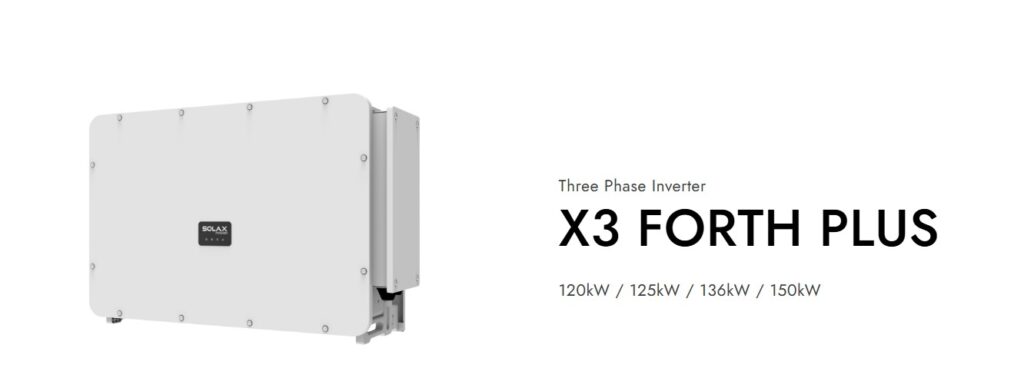
Key Features and Benefits
1. Exceptional Efficiency
Efficiency is a cornerstone of any solar inverter, and the SolaX 100KW Three-Phase Inverter delivers on this promise. With a maximum efficiency of 98.6%, it ensures minimal energy loss, maximizing the power output of your solar panels. Its European Efficiency of 98.3% reflects its consistent performance under real-world conditions. Key efficiency-boosting features include:
- 180-1000V DC MPPT Voltage Range: Accommodates a broad range of solar panel configurations.
- 9 to 12 MPPTs (Maximum Power Point Trackers): Allows precise energy harvesting from multiple strings, reducing mismatch losses.
- 150% PV Oversizing and 110% Overloading Output: Enhances energy utilization, making it ideal for high-demand applications.
2. Intelligent Design for Seamless Operation
The SolaX 100KW Inverter incorporates an intelligent design that prioritizes performance and durability:
- Smart Cooling Technology: Advanced heat dissipation reduces weight by over 5% and extends the lifespan of internal components.
- I-V Curve Diagnosis: Streamlines maintenance by identifying issues in photovoltaic (PV) strings without manual inspections.
- Night-Time Reactive Power Compensation: Enhances grid stability and optimizes power usage during non-peak hours.
- Remote Monitoring and Upgrades: Equipped with RS485/DRM interfaces for seamless integration and remote maintenance.
You May Also Like: Maximize Solar Efficiency with SolaX 15 KW Three Phase Inverter
3. Built-In Safety Measures
Safety is paramount in solar installations, and the SolaX X3-FTH-100K is packed with robust safety features:
- IP66 Ingress Protection: Ensures reliable performance in harsh environmental conditions, including dust, rain, and humidity.
- AFCI Support (Optional): Detects and mitigates arc faults, reducing fire risks.
- Comprehensive Protection Suite: Includes over/under voltage, DC reverse-polarity, grid monitoring, AC short-circuit, and over-temperature protection.
- Type II Surge Protection: Available on both DC and AC sides to shield the system from voltage spikes.
4. Flexible Adaptability
The inverter’s versatile design caters to various installation needs:
- Wide AC Voltage Range: Compatible with both 220/380V and 230/400V grids.
- High Altitude and Temperature Tolerance: Operates efficiently at altitudes up to 4000 meters and temperatures from -25°C to 60°C.
- Compact and Lightweight: With dimensions of 985 × 660 × 327.5 mm and a net weight of 83 kg, it’s easy to install and handle.
You May Also Like: Best Fitness Trackers of 2024
Detailed Technical Specifications
PV Input
- Max. Recommended PV Array Power: 150 kWp
- Operating Voltage Range: 200 – 1000 V
- Max. Input Current per MPPT: 32 A
- Strings per MPPT Tracker: 2
AC Output
- Rated Output Power: 100 kW
- Max. Output Current: 166.7 A
- THDi (Total Harmonic Distortion): < 3%
Efficiency
- Max. Efficiency: 98.6%
- European Efficiency: 98.3%
Environmental Limits
- Operating Temperature: -25°C to 60°C
- Humidity: 0-100% RH (Condensing)
- Ingress Protection: IP66
Certifications
The SolaX 100KW Three-Phase Inverter meets global standards, including VDE4105, IEC 61727, EN 50530, and more, ensuring compliance and reliability in various regions.
You May Also Like: Understanding the Link Between Motivation and Mental Health
Why Choose the SolaX 100KW Three-Phase Inverter?
The SolaX 100KW Three-Phase Inverter X3-FTH-100K is more than just a solar inverter—it’s a comprehensive solution for maximizing energy production in large-scale solar systems. Its blend of high efficiency, intelligent design, and robust safety features makes it a top-tier choice for industrial, commercial, and utility-scale solar projects.
By integrating advanced monitoring capabilities, flexible configurations, and cutting-edge cooling technology, the SolaX X3-FTH-100K stands as a testament to the future of renewable energy.
Whether you’re upgrading your existing system or planning a new solar installation, the SolaX 100KW Three-Phase Inverter offers the perfect balance of performance, reliability, and innovation. Make the smart choice for your solar energy needs today!

 Fox T10-G3 Three-Phase Inverter T SERIES (G3)
Fox T10-G3 Three-Phase Inverter T SERIES (G3)  SolaX 10 KW | Single Phase Hybrid Inverter | X1-Lite LV10
SolaX 10 KW | Single Phase Hybrid Inverter | X1-Lite LV10 
